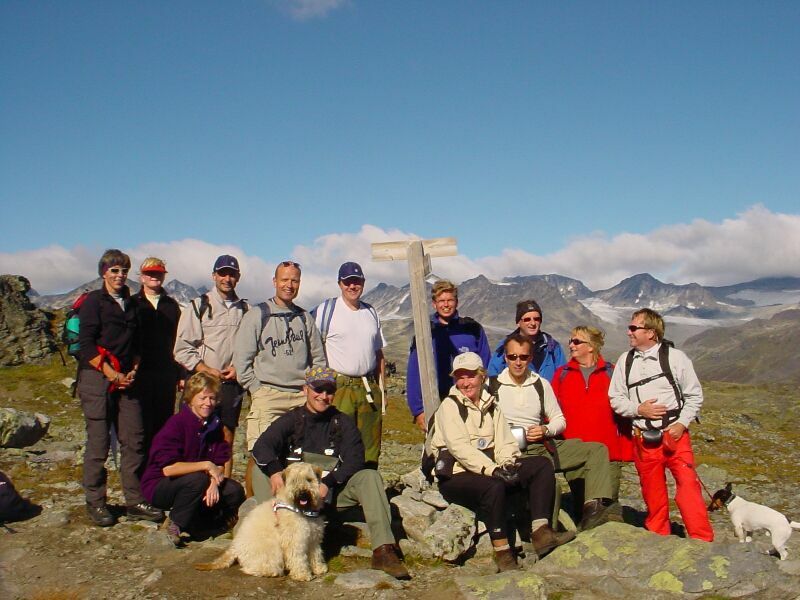Când Iisus a venit la Apostoli în corabie, mergând pe apa, Petru I-a strigat: Doamne, daca esti Tu, porunceste sa vin la Tine pe apa! (Matei 14:29) Iisus i-a poruncit si el a coborît imediat din corabie si a început sa mearga pe apa dar i s’a facut frica si a strigat cu spaima sa nu-l scape. Iisus l-a apucat de mâna mustrându-l dojenitor: Puţin credinciosule, pentru ce te-ai îndoit.
The Sea of Galilee is Israel's largest freshwater lake, approximately 53 kilometers (33 miles) in circumference, about 21 km (13 miles) long, and 13 km (8 miles) wide; it has a total area of 166 sq km, and a maximum depth of approximately 48 meters. At 213 meters below sea level, it is the lowest freshwater lake on Earth and the second-lowest point in the world after the Dead Sea. It is not a sea by any normal definition; it is called a sea just because of tradition.
The lake is also known on modern maps as Lake Galilee or Lake Tiberias. The name Galilee refers to the region of Galilee in which it is located. In modern Hebrew it is known as Yam Kinner
Much of the ministry of Jesus occurred on the shores of Lake Galilee. In those days, there was a continuous ribbon development of settlements and villages around the lake and plenty of trade and ferrying by boat. The gospels of Mark (1:14-20) and Matthew (4:18-22) describe how Jesus recruited four of his apostles from the shores of Lake Galilee; the fishermen Peter and his brother Andrew, and the brothers John and James. One of Jesus' famous teaching episodes, the Sermon on the Mount, was given on a hill overlooking the lake. Many of his miracles were also recorded to occur here: his walking on water, calming a storm, feeding five thousand people (in Tabgha), and many others.
View Images





